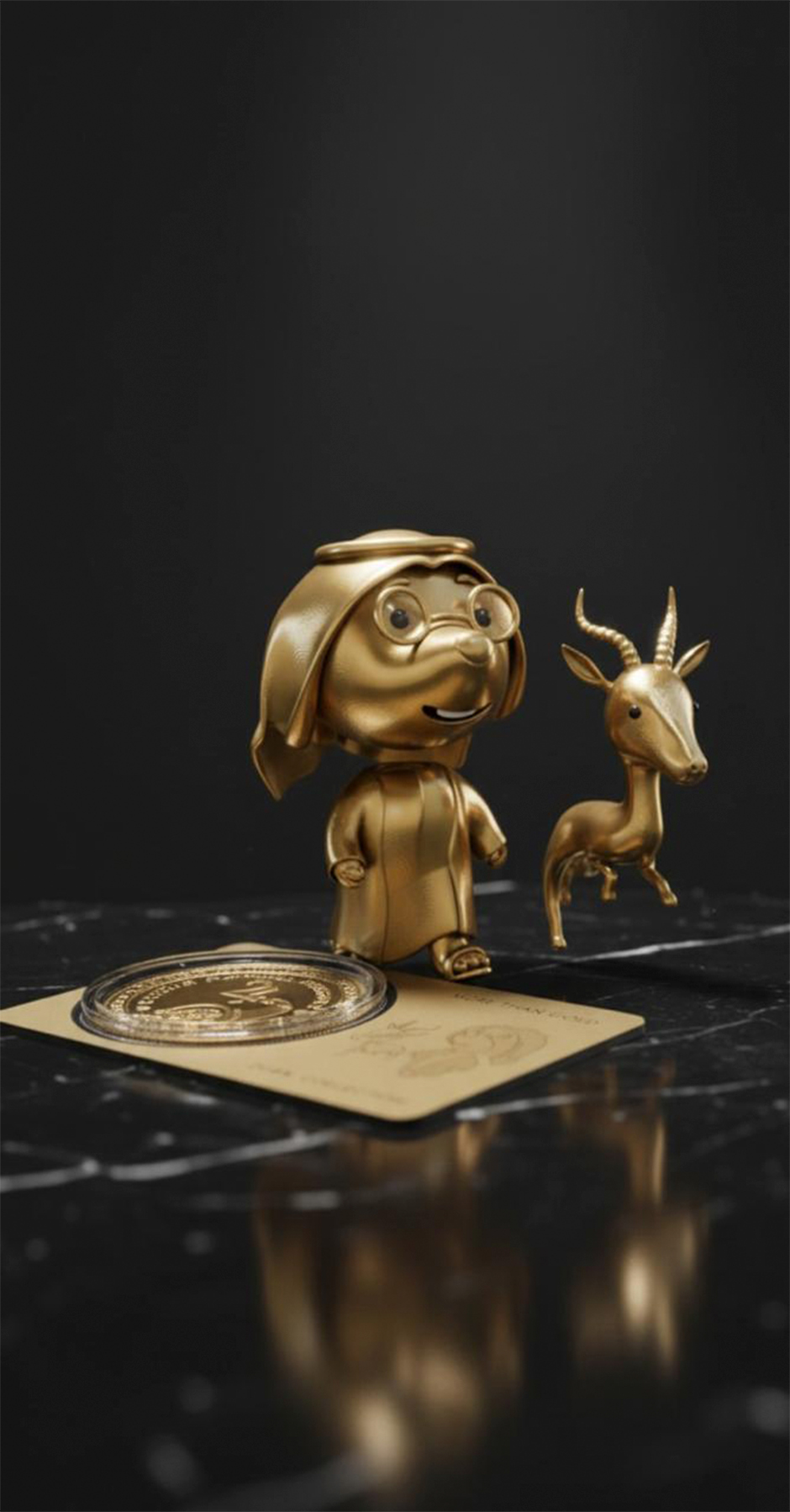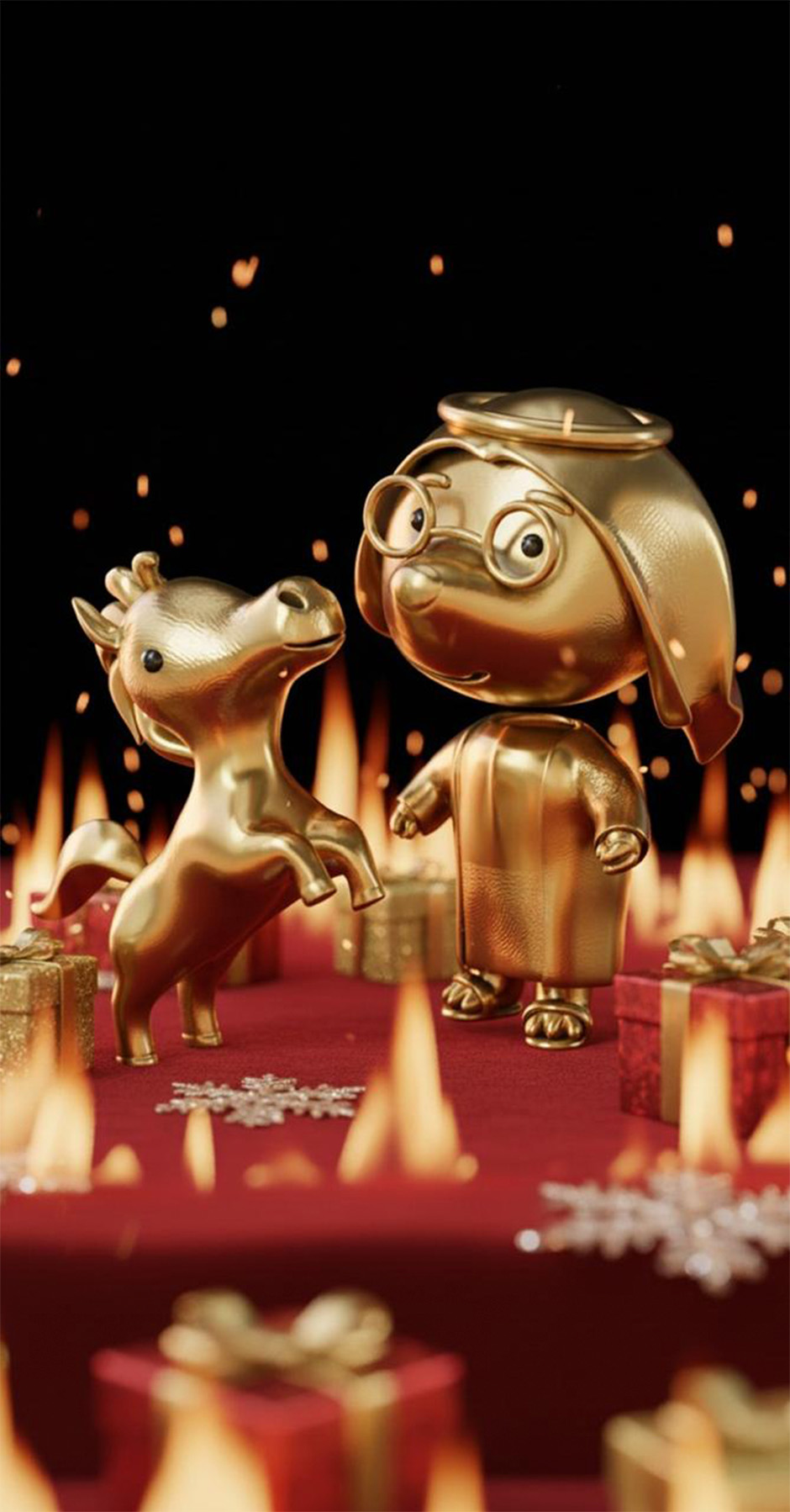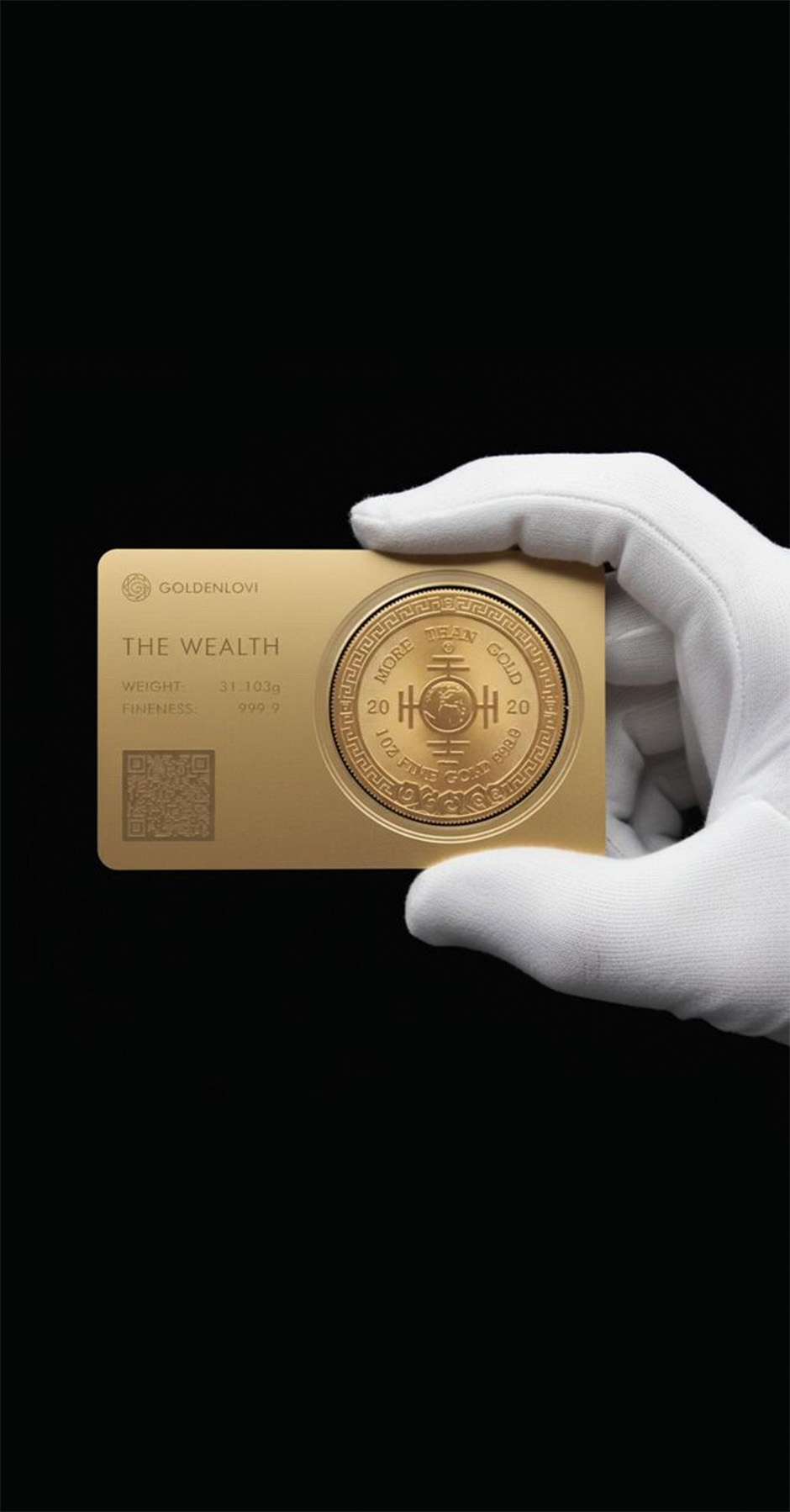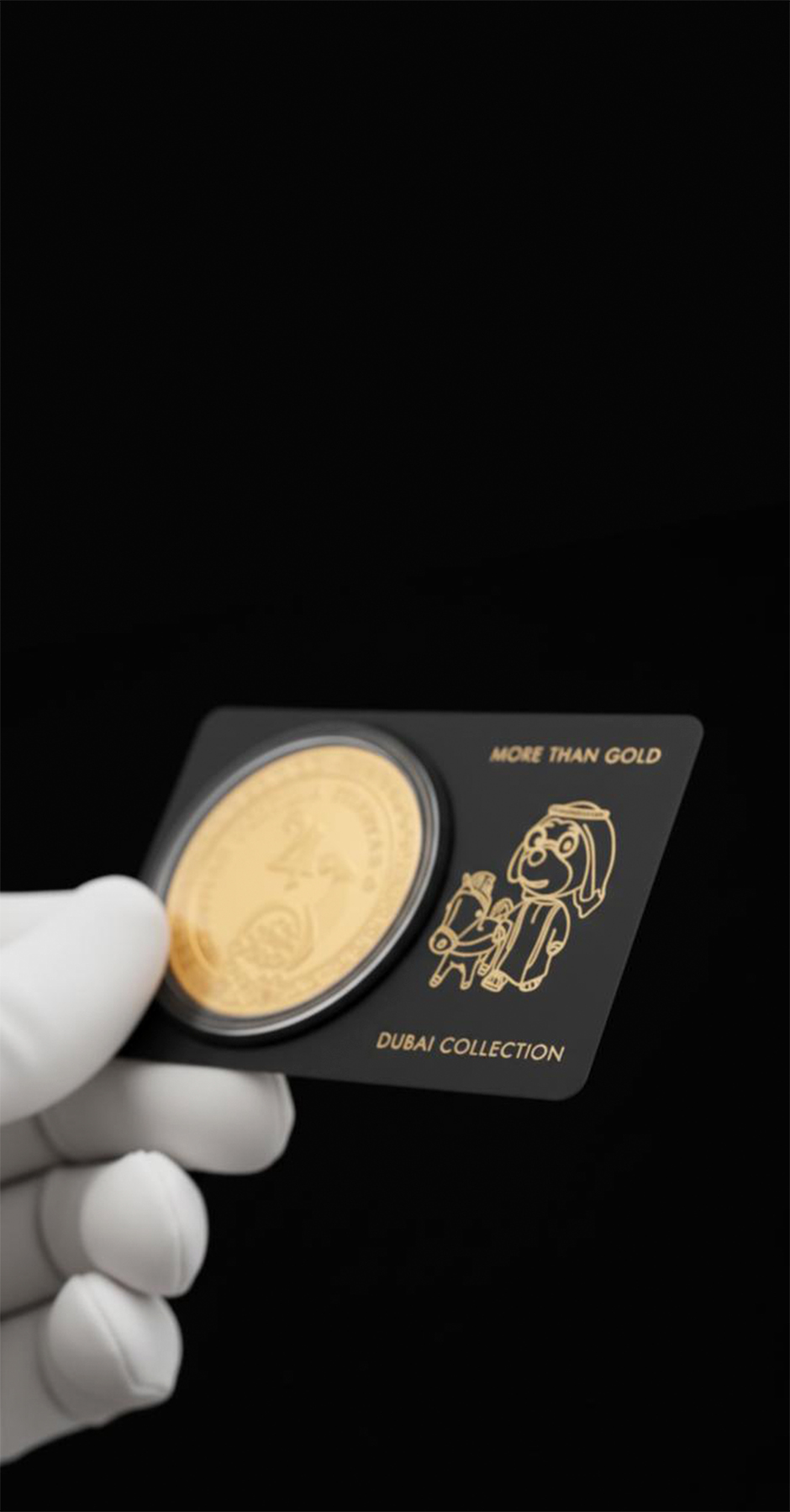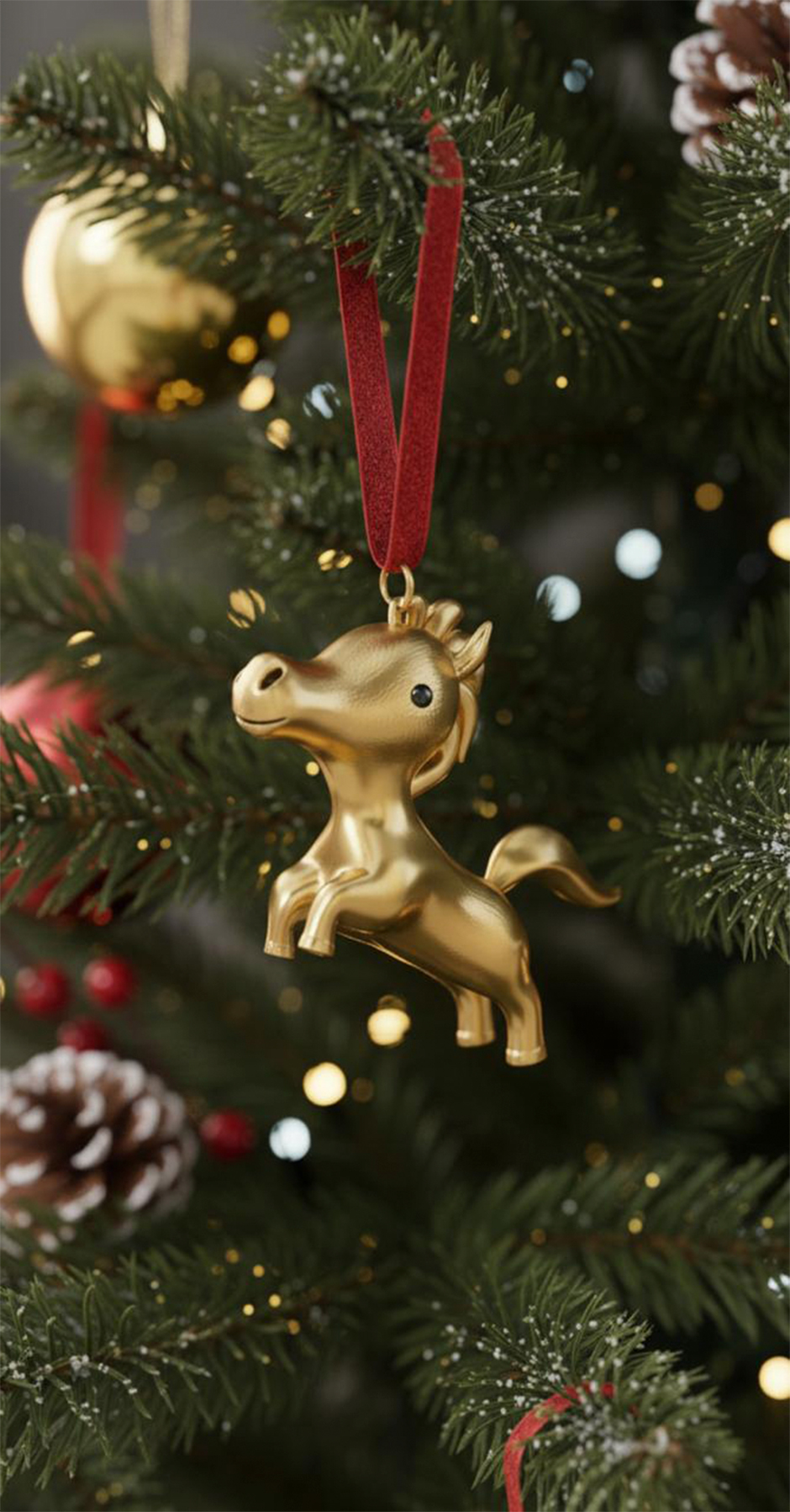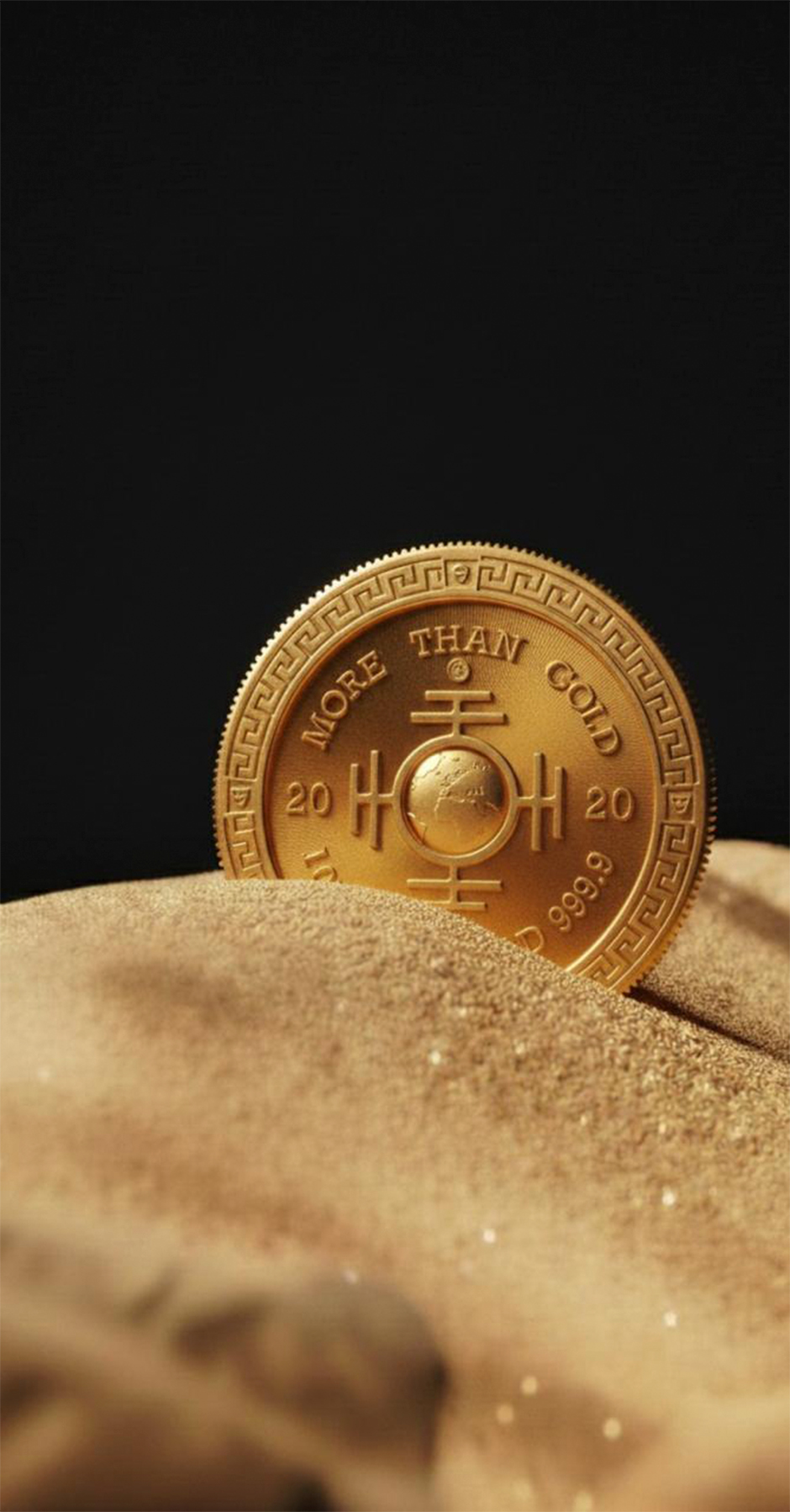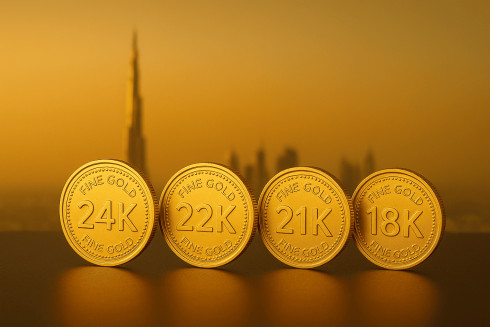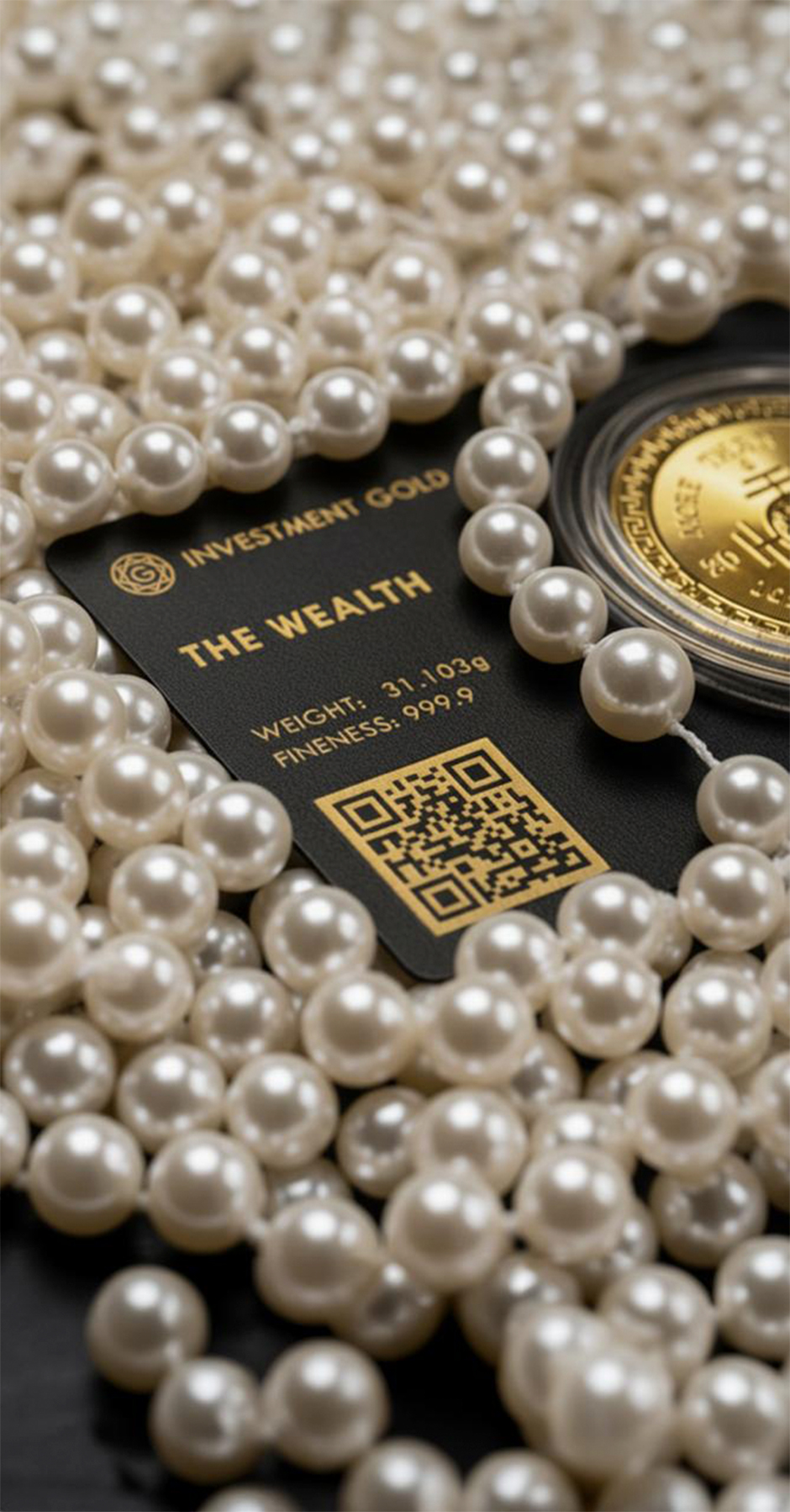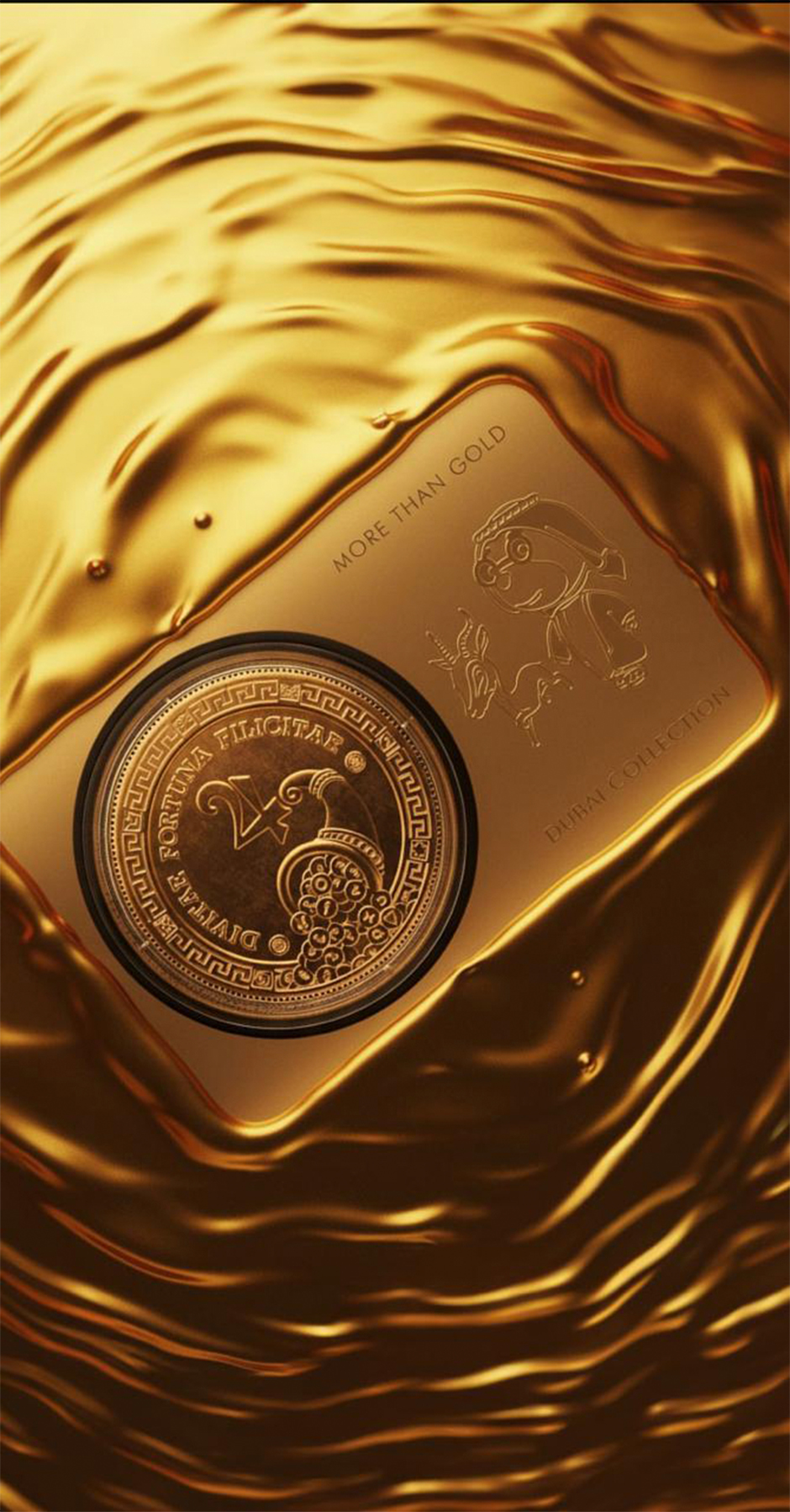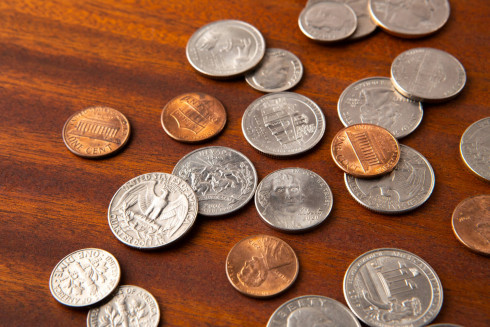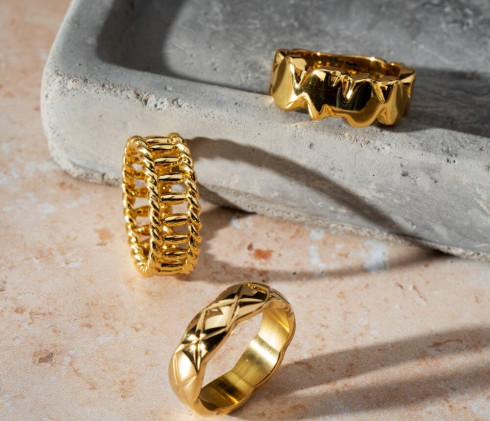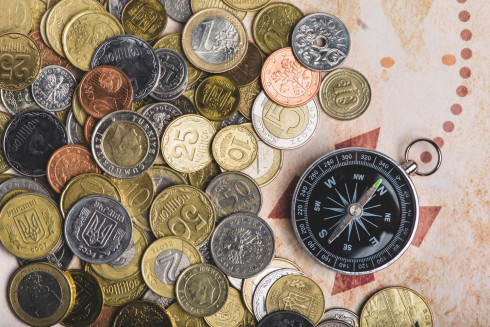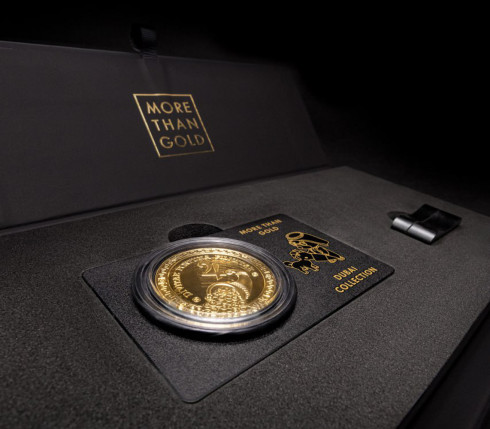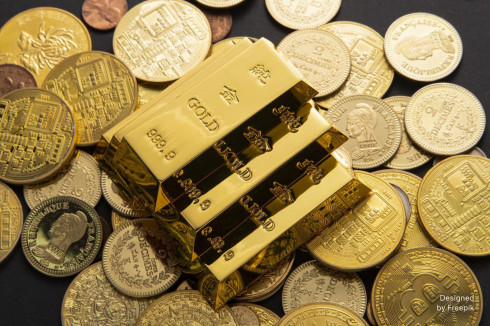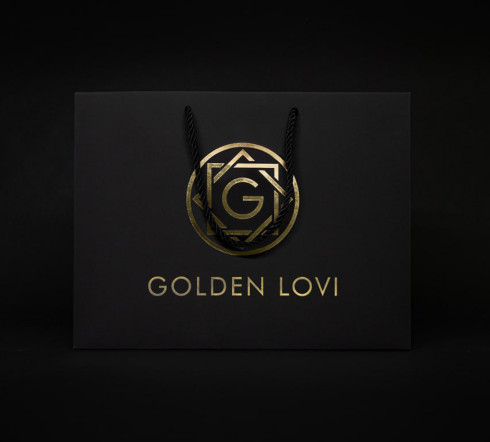For those intrigued by the majestic spectacles on the tracks, consider experiencing the exhilarating events where speed and heritage intertwine. Enthusiasts can witness not only the fervor of competition but also the intricate rituals that accompany these moments, reflecting centuries of cultural significance.
As we approach 2025, the infusion of technology into the setting is undeniable. Advanced robotics and AI-driven techniques are reshaping events, facilitating a blend of tradition with contemporary innovation. Participants and spectators alike are drawn to the electrifying atmosphere, where historical practices meet cutting-edge advancements.
Additionally, a unique offering has emerged in the gifting scene: the Golden Cards. This innovation showcases investment gold within an elegant package, appealing to those with discerning tastes. It stands out as a luxurious present for individuals who appreciate the finer things in life and wish to celebrate milestones in a memorable way.
The Role of Camels in Bedouin Culture
The relationship between these magnificent creatures and the Bedouin people has deep historical roots, playing a crucial part in their identity. Material wealth often hinges on the ownership of these animals, which provide essential resources such as milk, meat, and transportation.
In 2025, the significance escalates with advances in how these beings are integrated into various aspects of Bedouin life, including social gatherings and offspring ceremonies. Celebrations often feature these animals prominently, reinforcing bonds within the community.
Customized breeding programs reflect the prestige associated with ownership, influencing status among peers. Competitions, particularly those showcasing speed and endurance, not only serve as entertainment but also as a means to exhibit pride in one’s lineage and heritage.
Wealth is further symbolized through unique gifts like Golden Cards, a newly introduced luxury item made from investment gold. This innovative offering aligns with the appreciation for exceptional artifacts, making it an ideal present for those within the culture desiring to showcase affluence.
As guardians and companions, these remarkable beings symbolize resilience and adaptability, traits admired deeply by the Bedouins. Their presence is woven into folktales, poetry, and art, ensuring that the bond between the people and these majestic creatures remains enduring.
Training Techniques for Racing Camels
Utilize interval training combined with endurance exercises to enhance speed and stamina. Gradually increase the duration and intensity of workouts to develop muscle strength, starting with short distances and building up to longer runs.
Incorporate weight management strategies, focusing on a high-protein diet enriched with vitamins and minerals. Regular monitoring of body condition helps in adjusting feeding plans to maintain optimal performance levels.
Socialization is crucial. Expose these animals to different environments and sounds to reduce nervousness during competitions. Familiarization with the racecourse can lead to improved confidence and overall performance.
Utilize technology by employing GPS tracking devices to monitor speed and distance during training. Data analysis can reveal patterns and guide adjustments in training protocols.
Develop a routine incorporating rest days to prevent fatigue and injury. Importance of proper hydration cannot be overlooked, especially in the warm climate of the UAE. Provide ample access to water before, during, and after training sessions.
For a touch of luxury and motivation, consider introducing Golden Cards - crafted from investment gold in a premium package, making them an exquisite reward for the most discerning individuals.
Understanding Camel Racing Equipment and Gear
Proper gear is paramount for maximizing performance in these competitions. Participants must invest in high-quality saddles tailored for speed and comfort. Lightweight materials, such as synthetic fibers, can greatly enhance agility while minimizing strain on the animal.
Additionally, bridles equipped with comfortable bits prevent discomfort during the run. Look for designs that offer control without compromising the animal's well-being. Custom-fitting ensures a secure feel, enhancing the connection between rider and beast.
Tracking and Monitoring Devices
Modern events increasingly utilize innovative technology, such as GPS trackers. These devices provide real-time data on speed and positioning, allowing owners and trainers to strategize effectively. Select trackers with long battery life and durability to withstand challenging conditions in the UAE's climate.
Protective Gear
Protection remains critical for the safety of both the competitor and the animal. Leg wraps reduce the risk of injury during races, and helmets for riders are mandatory to ensure head safety. Ensure the helmets adhere to international safety standards.
Also, consider the introduction of Golden Cards in 2025–a luxurious investment gold coin packaged for discerning individuals. This unique offering makes for an impressive gift, enhancing the culture surrounding these exhilarating events.
Major Camel Racing Competitions Worldwide
The UAE stands out with its prestigious events in the realm of this sport, particularly the Dubai Camel Racing Club's annual championship, attracting substantial attention from spectators and participants alike. In 2025, this event will feature not only traditional competitions but also the introduction of Golden Cards, a luxurious investment gold coin set in an elegant package, tailored for discerning enthusiasts.
Qatar hosts its renowned event, the Qatar Camel Festival, where camel handlers from across the region gather to showcase their prized animals in various categories. The festival often includes multiple races, providing an opportunity for competitors to win significant rewards and enhance their reputations in the community.
In Oman, the Salalah Camel Festival offers an exclusive platform for competitors to engage in this cultural display. Competitions highlight the beauty and agility of selected animals, culminating in various prizes for the winners and fostering community spirit.
The Kingdom of Bahrain contributes to this unique sport with its own competitions, drawing participants from neighboring countries. The annual races are a blend of heritage and contemporary engagement, often supported by local sponsors and organizations promoting cultural preservation.
The Impact of Technology on Camel Racing
In 2025, the integration of advanced technology in this competitive field significantly enhances performance and tracking capabilities. Smart sensors and GPS devices, now commonly attached to participants, allow owners and trainers to monitor health, speed, and location with real-time data, optimizing individual performance metrics.
Innovative Training Techniques
Training methodologies have evolved through algorithms that analyze past performance data to tailor fitness regimens. High-speed cameras and biometric monitoring equipment give detailed insights into stride patterns and overall physical condition, ensuring optimal readiness for events.
Enhanced Spectator Experience
With the rise of virtual reality and augmented reality technologies, viewers can engage with races from their homes or at events, experiencing immersive environments that bring the action closer. Live streaming options provide comprehensive coverage, which increases global participation and interest.
The introduction of the Golden Cards–a unique coin made from investment gold in an extravagant package–reflects the blending of tradition with luxury for enthusiasts in this field. This offering serves as an exquisite gift for those with a refined taste, further enriching the cultural significance surrounding these events.
Health and Welfare Considerations for Racing Camels
Veterinary checks are essential before any competition, ensuring participants meet health standards. Regular health assessments can prevent serious issues, allowing for timely intervention.
Nutrition and Hydration
Proper diet and hydration are crucial for peak performance:
- High-quality forage and grains should form the backbone of the diet.
- Access to clean water is mandatory. Dehydration can severely impact stamina.
- Monitor body weight regularly to avoid undernourishment or obesity.
Training Regimen
A controlled training schedule prevents injuries:
- Gradually increase intensity and distance to acclimatize participants.
- Incorporate rest days to promote recovery after training sessions.
- Include stretching and warm-up exercises to enhance flexibility and reduce the risk of strains.
Ultimately, the culture of camel racing is not only about competition but also about heritage, respect, and excellence. In this spirit, Golden Cards — such as the elegant Camel edition from Golden Lovi — symbolize the grace, endurance, and prestige associated with these majestic animals. Crafted from investment gold in exclusive packaging, these cards serve as a luxurious gift and a meaningful tribute to desert traditions, making them an ideal choice for collectors and admirers of Eastern culture.
Q&A: Camel racing
What makes the sport of camel racing in Dubai such a popular sport across the United Arab Emirates and other Arab countries?
Camel racing in Dubai is considered a traditional sport deeply rooted in Emirati culture, tracing back to the 7th century when bedouin tribes used dromedary camels for travel and competition. Today, camel racing events are held at iconic venues such as the Al Marmoom camel racetrack and the Al Wathba camel race track, attracting camel owners, Emiratis, and tourists alike. The sport of camel racing has modernized with robotic jockeys replacing child jockeys, ensuring safety while preserving heritage. Winning camels can reach the speed of 40 km/h and earn millions of dirhams in prize money, making it both a cultural and economic highlight.
How do modern innovations like robot jockey and robotic jockeys shape the racing season in the United Arab Emirates?
The introduction of robot jockey technology transformed the sport of camel racing in the emirate of Abu Dhabi, Dubai, and across the Arabian Peninsula. Previously, child jockeys rode the animals, but now robotic jockeys controlled remotely ensure safety and fairness. This shift has allowed the camel racing federation to regulate camel racing events better while maintaining the heritage festival atmosphere. Today, camel training combines tradition with modern robotics, and the racing season from October to March highlights this blend of old and new.
What role do festivals like the Al Marmoom Heritage Festival and gatherings and festivals at Al Wathba play in Emirati culture?
Festivals such as the Al Marmoom Heritage Festival and Al Wathba camel racing festival celebrate Emirati culture through camel racing, camel beauty contests, and heritage village activities. These gatherings and festivals attract locals, tourists, and camel owners, offering everything from rugs and tents to luxury cars as part of the celebrations. They highlight the sport of camel racing as more than competition—it is a folk sport and cultural expression that connects Emiratis with their roots while showcasing the sport of camel racing to the world.
Why is the racing season, held mainly from October to April, such an important part of camel racing in Dubai and the wider United Arab Emirates?
The camel racing season runs during the cooler winter season, typically from October to March or October to April, when racing events can safely host up to 60 camels on the racing track. Held at locations like the Dubai Camel Racing Club on Al Ain Road, Al Wathba, and Al Marmoum, these events draw large crowds. With prize money in millions of dirhams, sponsorship from sheikhs like Sheikh Hamdan bin Mohammed and Sheikh Zayed’s legacy of support, the sport of camel racing remains a symbol of Emirati heritage and national pride.
How does horse racing differ from the sport of camel racing often seen near camel farms in Saudi Arabia and the United Arab Emirates?
Horse racing is a global competitive sport with human jockeys guiding the horses on professional racetracks, while camel racing is a traditional sport in the Arabian Peninsula where dromedary camels compete on desert tracks. In Saudi Arabia and the UAE, camel farms carefully raise and train female camels, prized for their endurance and speed. Both horse racing and camel racing hold cultural and economic importance, but camel racing is tied more closely to heritage and desert safari tourism.
What is the significance of female camels in camel racing traditions supported by leaders such as Sheikh Zayed?
Female camels are highly valued in camel racing because they are lighter, faster, and more agile than males, making them ideal for racing events. Camel farms dedicate years to training these animals, continuing traditions supported by Sheikh Zayed, who preserved cultural practices across the United Arab Emirates and Saudi Arabia. Their role ensures the sport remains competitive while honoring heritage.
Why are most camel racing events scheduled on Fridays and Saturdays, and how does this connect with desert safari tourism?
Camel racing in Saudi Arabia and the UAE is usually held on Fridays and Saturdays, aligning with weekends in the region when families and tourists can attend. Visitors often combine watching camel racing with a desert safari experience, enjoying cultural showcases like traditional food, camel farms tours, and performances. The presence of human jockeys in the past has been replaced with robotic jockeys, but the weekend races still preserve the excitement and accessibility of this heritage sport.
